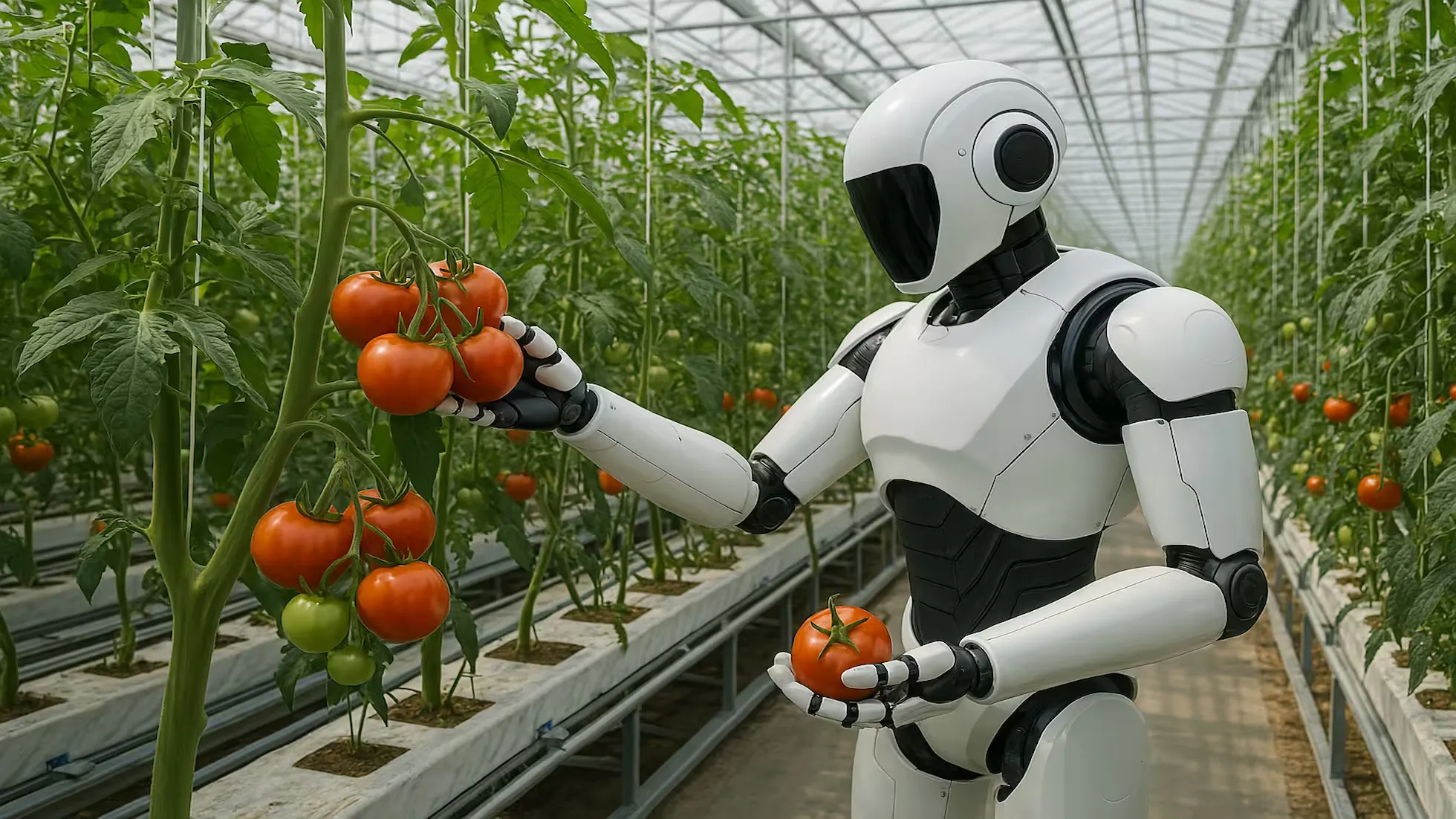Fruit and Vegetable Preservative Industry and Market

Industry Background
With the rapid advancement of biotechnology, the causes of spoilage in fresh fruits and vegetables have been gradually uncovered. Research shows that spoilage, browning, insect infestation, and decay in fresh produce result from multiple factors:
- Natural Aging: After harvesting, fruits and vegetables continue physiological and biochemical reactions. Ethylene production accelerates ripening, leading to oxidation, browning, aging, and eventual decay, altering their quality.
- Microbial Growth: Microorganisms play a significant role in spoilage. During processing, actions like peeling and cutting damage cell structures, creating ideal conditions for microbial proliferation. Microorganisms feed on nutrients from the damaged cells, causing discoloration, softening, and decay.
- Moisture Loss: After harvest, water evaporates from produce due to transpiration. Oxygen infiltration and CO2 loss accelerate through respiration, leading to wilting. Polyphenols oxidize under enzymatic catalysis, causing browning and degrading quality.
1. Industry Scale
Fresh produce processing involves grading, cleaning, peeling, cutting, soaking, and packaging to create ready-to-eat fruit products. These products cater to salads, snacks, and desserts, offering freshness, nutrition, and convenience. Popular in developed markets like Europe, the U.S., and Japan, processed fresh produce enjoys higher value. For example:
- Raw pineapples are priced at 10.00 RMB/kg, while peeled and sliced pineapples reach 17.76 RMB/kg.
- Raw papayas cost 10.00 RMB/kg, while processed slices fetch 21.96 RMB/kg.
Domestic Market
China’s fresh produce market has grown steadily with rising living standards. According to 2014 statistics from the China Consumers Association:
- Fruit imports totaled $2.83 billion, up 19.3% year-on-year.
- Vegetable imports reached $270 million, up 33.6% year-on-year.
Urban residents increasingly opt for pre-processed fruits and vegetables for daily meals, reflecting heightened health and safety awareness. Meanwhile, China’s fresh produce processing industry remains nascent, offering substantial growth potential.
Global Market
In contrast, the industry in developed countries is mature:
- The U.S. fresh produce market is valued at $80 billion, with pre-cut fruits and vegetables accounting for $22.5 billion.
- Ready Pac, a leading U.S. retailer, generates annual sales of $700 million.
As consumer preferences shift toward fresh, hygienic, and convenient options, processed fruits and vegetables are poised to follow a rapid industrialization path in China.
2. Market Prospects
Bottlenecks
The preservation and freshness of processed fruits and vegetables remain critical challenges. Fruits like bananas, mangoes, and strawberries are naturally perishable, and processing further shortens their shelf life, making them susceptible to spoilage. Globally, the wastage of decayed or expired fresh produce is staggering:
- China alone wastes 90 million tons of food annually.
- Global retail giants like Carrefour and Walmart report 60,000 tons of wasted fruits and vegetables each year due to spoilage.
Limitations of Cold Storage
Cold storage helps preserve fresh produce during processing, storage, and transportation but faces significant limitations:
- High Costs: Cold chain infrastructure is capital-intensive.
- Limited Reach: Remote regions often lack access to adequate cold storage facilities.
Addressing these issues will require innovative preservation technologies to extend shelf life while reducing costs. This represents a crucial opportunity for growth and innovation in China’s fresh produce processing industry.
Conclusion
As living standards improve and urban lifestyles accelerate, the demand for fresh, convenient, and safe produce continues to rise. The fresh fruit and vegetable processing sector in China holds immense potential, especially with advancements in preservation technologies and increased market regulation. With the right strategies, this industry is set to flourish, aligning with the broader trends of health, hygiene, and convenience.
Published at: Oct 25, 2024 · Modified at: Aug 31, 2025


